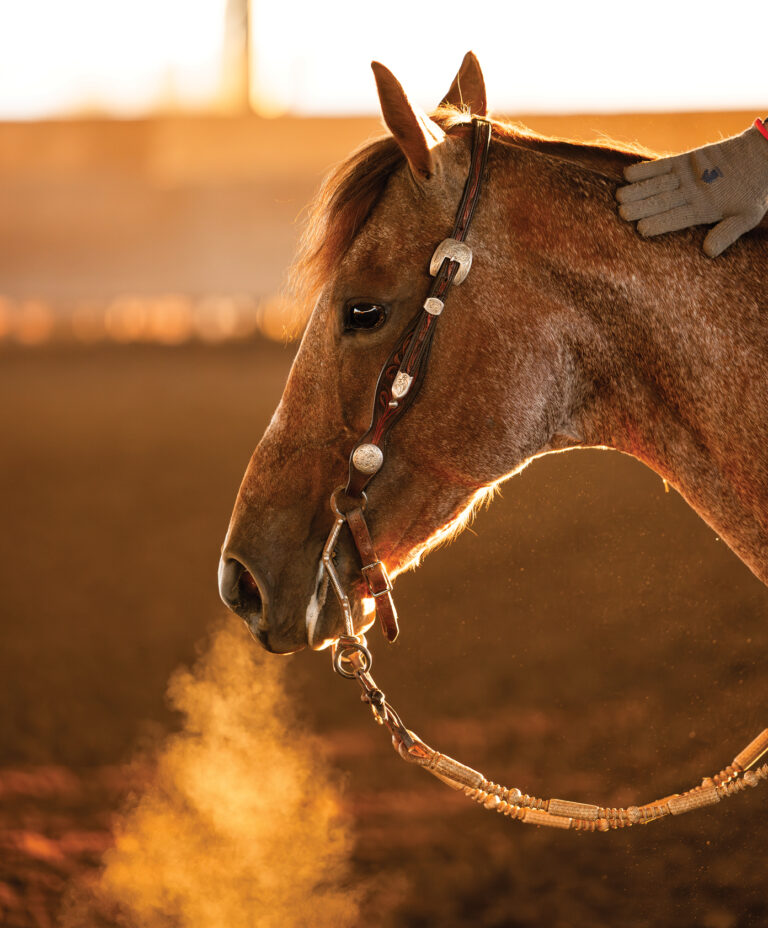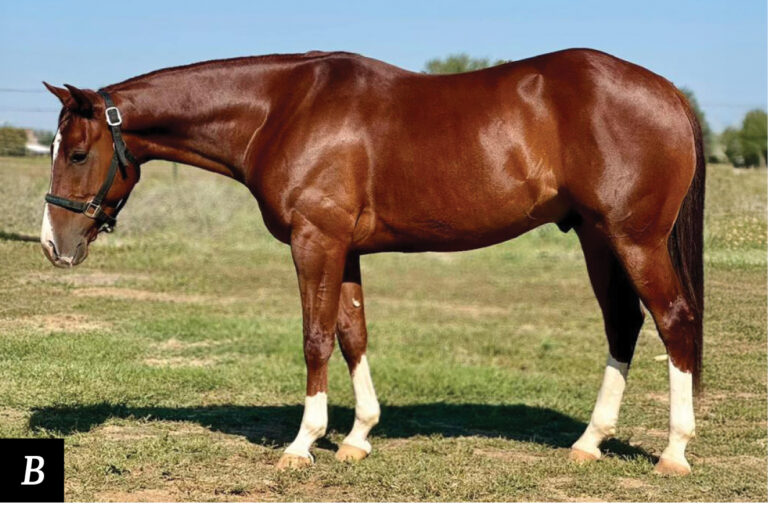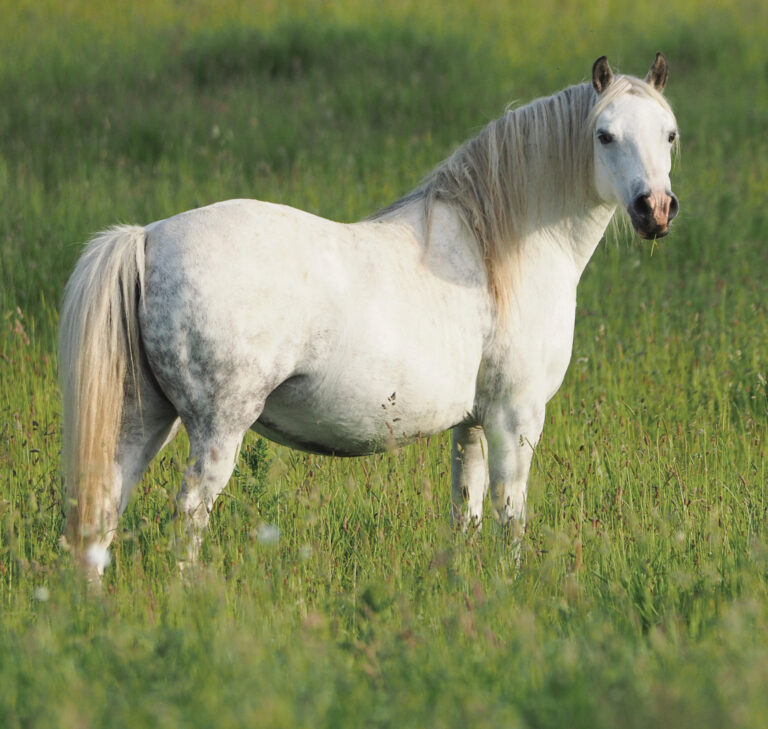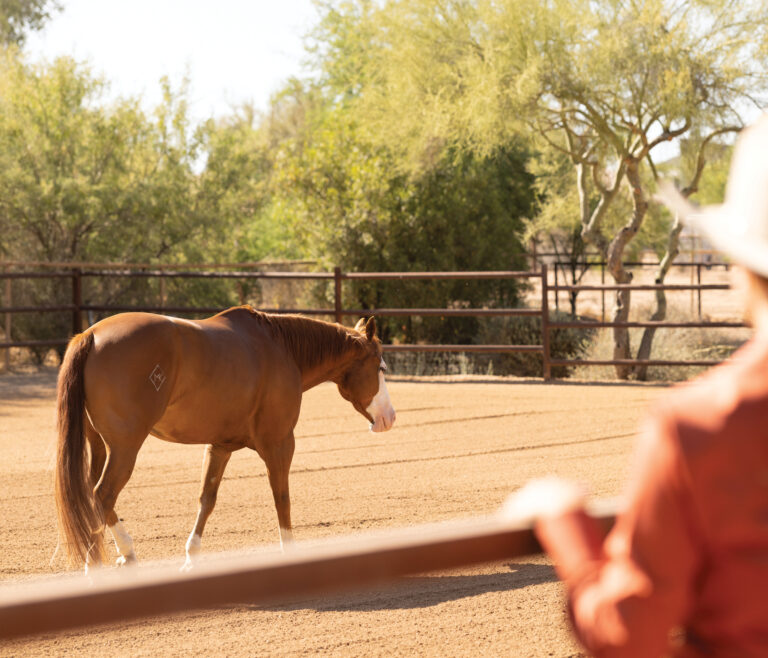While Yellowstone is often known for its effort to accurately portray the horse industry by including some of the Western performance horse industry’s top professionals throughout the series, fans of the show caught a major error on a recent episode that was a great reminder that what’s entertaining on screen isn’t always accurate.
In the Nov. 17 episode, Banamine—a commonly used nonsteroidal anti-inflammatory drug—was administered intramuscularly to treat a rattlesnake bite. Here’s the problem: Banamine should be administered orally or intravenously. Giving it intramuscularly isn’t just incorrect; it’s dangerous.
[READ MORE: Bute vs. Banamine—What’s the Difference?]
Why is this a big deal?
For years, many horse owners—and even some veterinarians—believed it was safe to administer Banamine, also known as flunixin meglumine, via intramuscular injection. After all, the injectable label does say, “for intravenous or intramuscular use in horses.” So, what’s the issue?
The reality is that giving Banamine in the muscle can have serious, even life-threatening, consequences.
When Banamine is injected into the muscle, it can cause muscle damage and create the perfect environment for Clostridium bacteria to thrive. These bacteria, which naturally exist in healthy muscle tissue, can become active in response to muscle injury, potentially leading to clostridial myositis, a serious and sometimes fatal condition.

Photo by eds30129/stock.adobe.com
What are the signs of clostridial myositis?
Clostridial myositis is a rare but serious bacterial infection that causes muscle inflammation, tissue death, and the release of dangerous bacterial toxins into the bloodstream.
If a horse develops this condition after an IM injection, you may notice:
- Swelling, heat, and pain at the injection site
- Depression, fever, loss of appetite, or colic
Clinical signs of clostridial myositis appear 6-72 hours following the injection. If left untreated, the bacterial toxins can spread through the bloodstream, making the condition life-threatening. Immediate veterinary attention is critical and may include supportive care, antibiotics, and surgical removal of the affected tissue.
What to do instead?
If you’re uncomfortable giving your horse a intravenous injection, the injectable product can be effectively administered orally, or you can opt to have a paste on hand. However, if you are ever unsure of how to administer a medication like Banamine, always check with your veterinarian.




